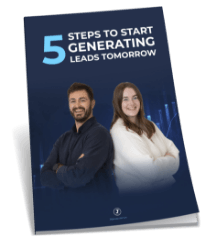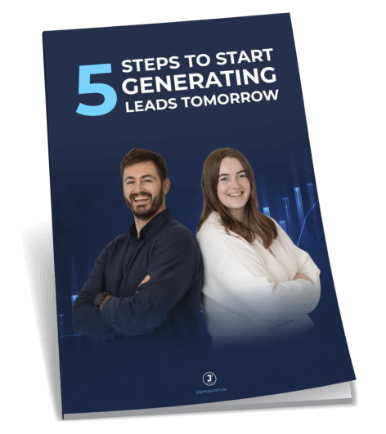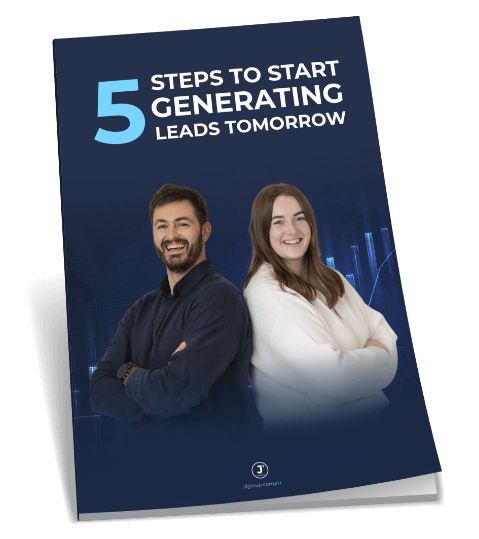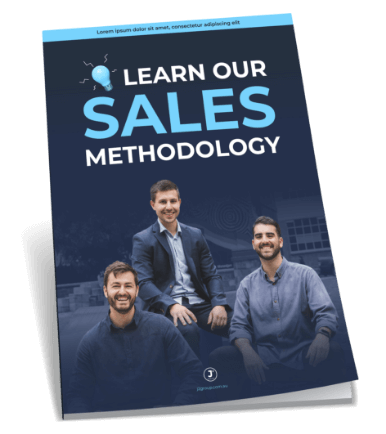Lead generation is a critical process for businesses looking to attract potential customers and convert them into paying clients. However, in today’s competitive landscape, simply relying on traditional marketing techniques may not be enough to effectively generate high-quality leads.
This is where a lead generation funnel comes into play, serving as a strategic approach to guide customers through the sales process and ultimately convert them into loyal customers.
In this article, we will explore what a lead generation funnel is, the stages involved, how to create one, and how J2 Group’s expertise can help businesses to optimize their strategies for success.
Defining the Lead Generation Funnel
It is designed to systematically guide customers through each stage of the buyer’s journey, nurturing them with relevant content and engagement until they are ready to make a purchase decision. The goal is to not only generate leads, but also qualify them and move them closer to the final sale.
The Stages of a Lead Generation Funnel
A typical lead generation funnel consists of several stages, each with its own unique characteristics and objectives. These stages can vary depending on the business and industry, but generally include:
- Awareness: This is the top of the funnel, where potential customers become aware of your product or service. It involves creating awareness through various marketing channels such as social media, content marketing, and advertising. The key objective at this stage is to attract potential customers and make them aware of your brand.
- Consideration: Once customers are aware of your brand, they move into the consideration stage. Here, they are actively researching and evaluating your product or service, as well as comparing it with competitors. Content such as case studies, demos, and testimonials can be effective at this stage in building trust and credibility.
- Decision: In the decision stage, customers are close to making a purchase decision. They may request quotes, demos, or pricing information. It’s important to provide clear and compelling information to help customers make an informed decision in your favor.
- Retention: The final stage is retention. After potential customers have converted into paying customers, it’s important to nurture the relationship and encourage repeat purchases. This can be achieved through personalized communication, loyalty programs, and excellent customer service.
How to Create a Lead Generation Funnel
Creating an effective funnel requires careful planning and execution. Here are the key steps to create a lead generation funnel for your business:
- Set Objectives: Define clear objectives for your efforts. What are you trying to achieve with your funnel? Is it to increase brand awareness, generate more leads, or drive sales? Clearly defining your objectives will help you measure the success of your funnel and make data-driven decisions.
- Identify Your Target Audience: Understanding your target audience is crucial for designing an effective funnel. Who are your ideal customers? What are their pain points and motivations? Conducting market research and creating buyer personas can help you tailor your funnel to the needs and preferences of your target audience.
- Select the Right Marketing Channels: Choose the marketing channels that are most relevant to your target audience and align with your objectives. This could include social media platforms, content marketing, email marketing, paid advertising, and more. Remember to optimize your content and messaging for each channel to maximize engagement.
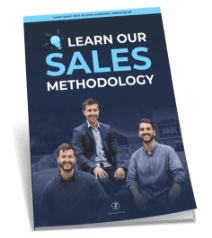
Learn Our Sales Methodology
Optimising your Lead Generation Funnel
Optimizing your funnel is crucial for maximizing the effectiveness of your marketing efforts. By implementing data analysis and A/B testing, you can refine your funnel to drive more leads and convert them into customers.
Start by identifying key metrics to track and analyze, such as conversion rates and customer behaviors. Use this data to identify areas that need improvement and make data-driven decisions to optimize your funnel.
A/B testing can help you identify the most effective elements of your funnel, such as landing page design or call-to-action language. Continuously testing and refining your funnel based on data insights can result in higher conversion rates and ultimately lead to more successful campaigns.
Leveraging Our Expertise
With a wealth of experience, J2 Group offers businesses invaluable assistance in creating and optimizing lead generation funnels to achieve sales success. Our expertise in highly personalized strategies, talent recruitment, and end-to-end sales solutions makes us an ideal partner for businesses looking to drive revenue growth.
With our guidance, businesses can design lead generation funnels that are tailored to their specific target audience, ensuring highly personalized interactions at every touchpoint. By leveraging their expertise in talent recruitment generation, J2 Group can help businesses identify and acquire top-notch sales professionals who can effectively drive efforts.
Get Started Today
A well-designed lead generation sales funnel is crucial for sales success, and J2 Group’s expertise in personalized lead generation, talent recruitment generation, and end-to-end sales solutions can be a game-changer for businesses looking to optimize their efforts.
Discover our services today and take the first step towards driving sales success through highly effective strategies. Our comprehensive approach encompasses not only marketing funnel lead generation but also talent recruitment and sales strategy refinement. Contact us to discuss how we can help your business achieve your goals.

